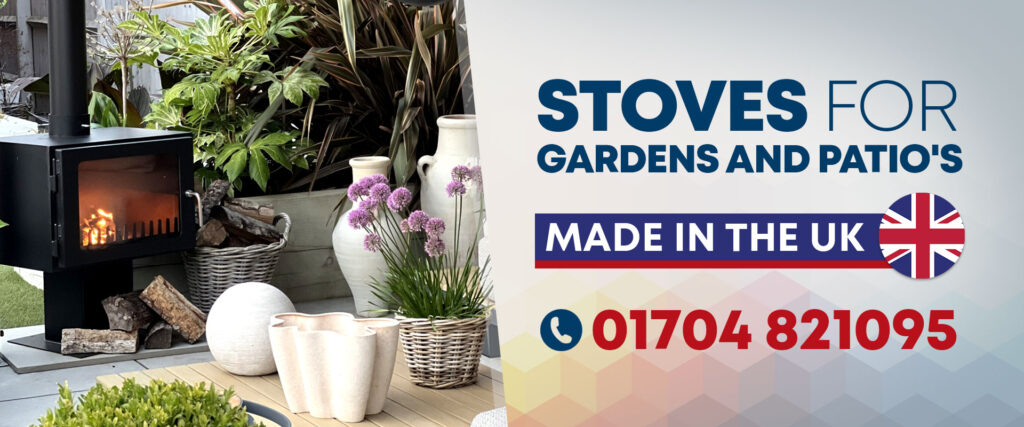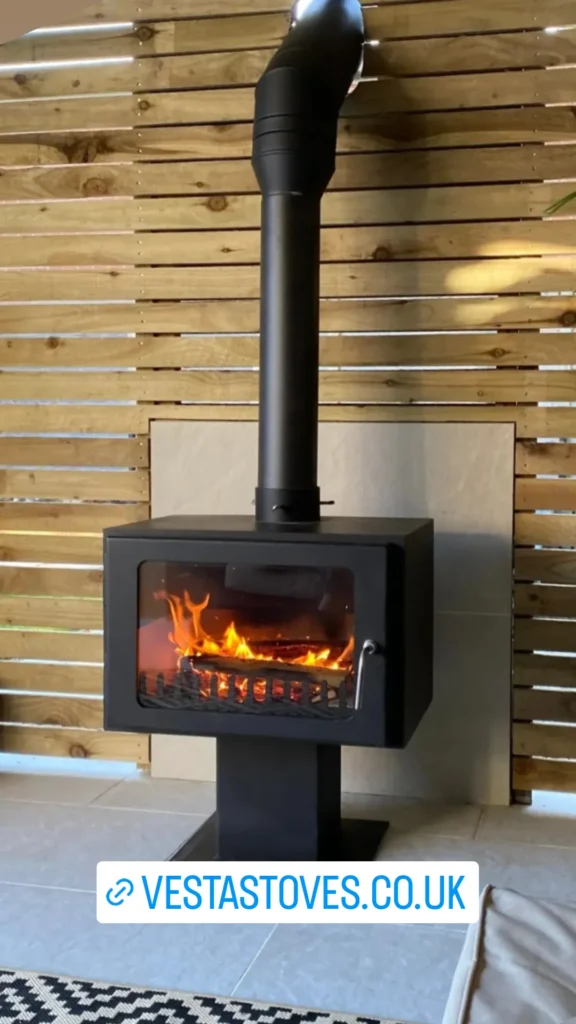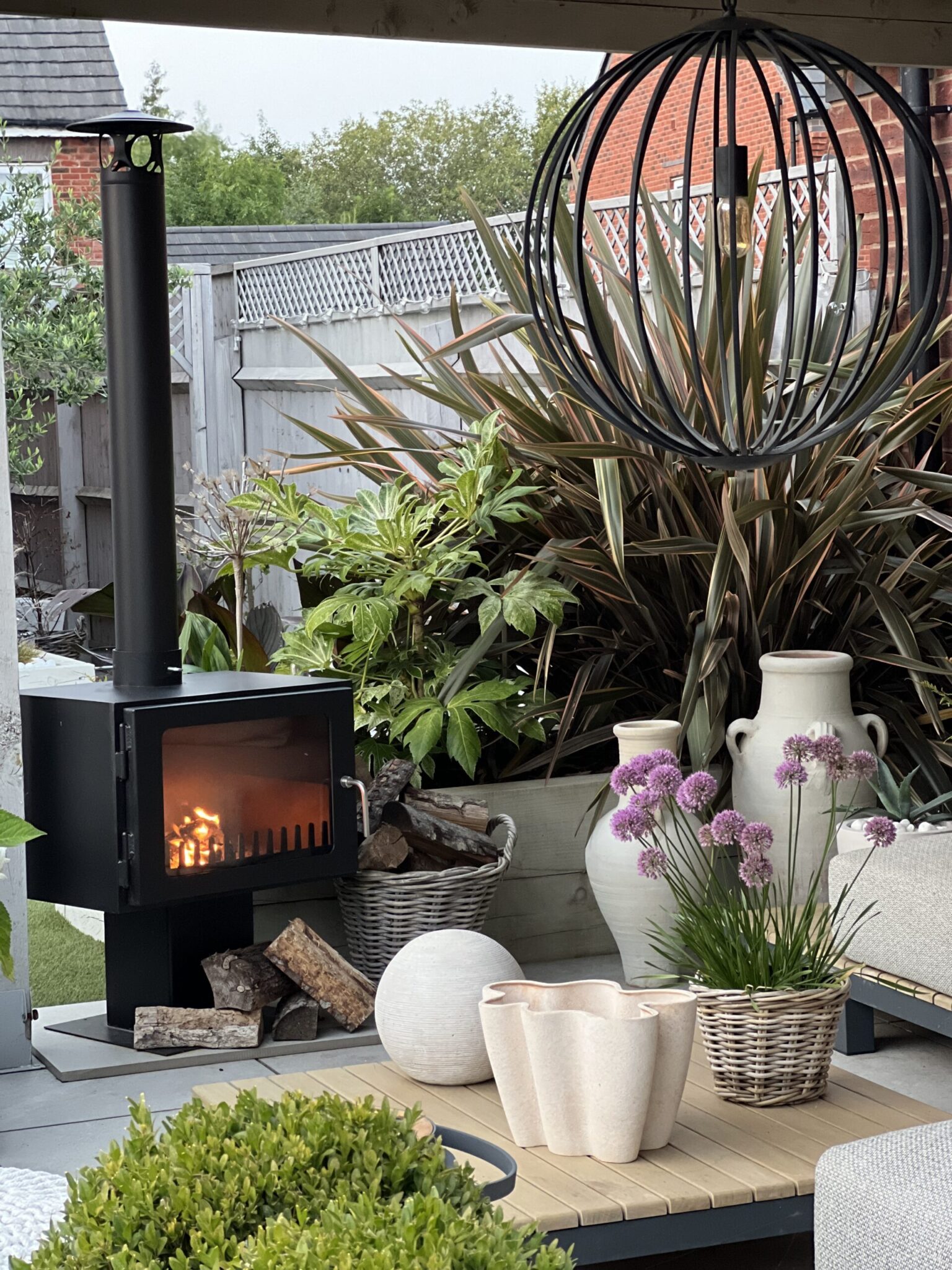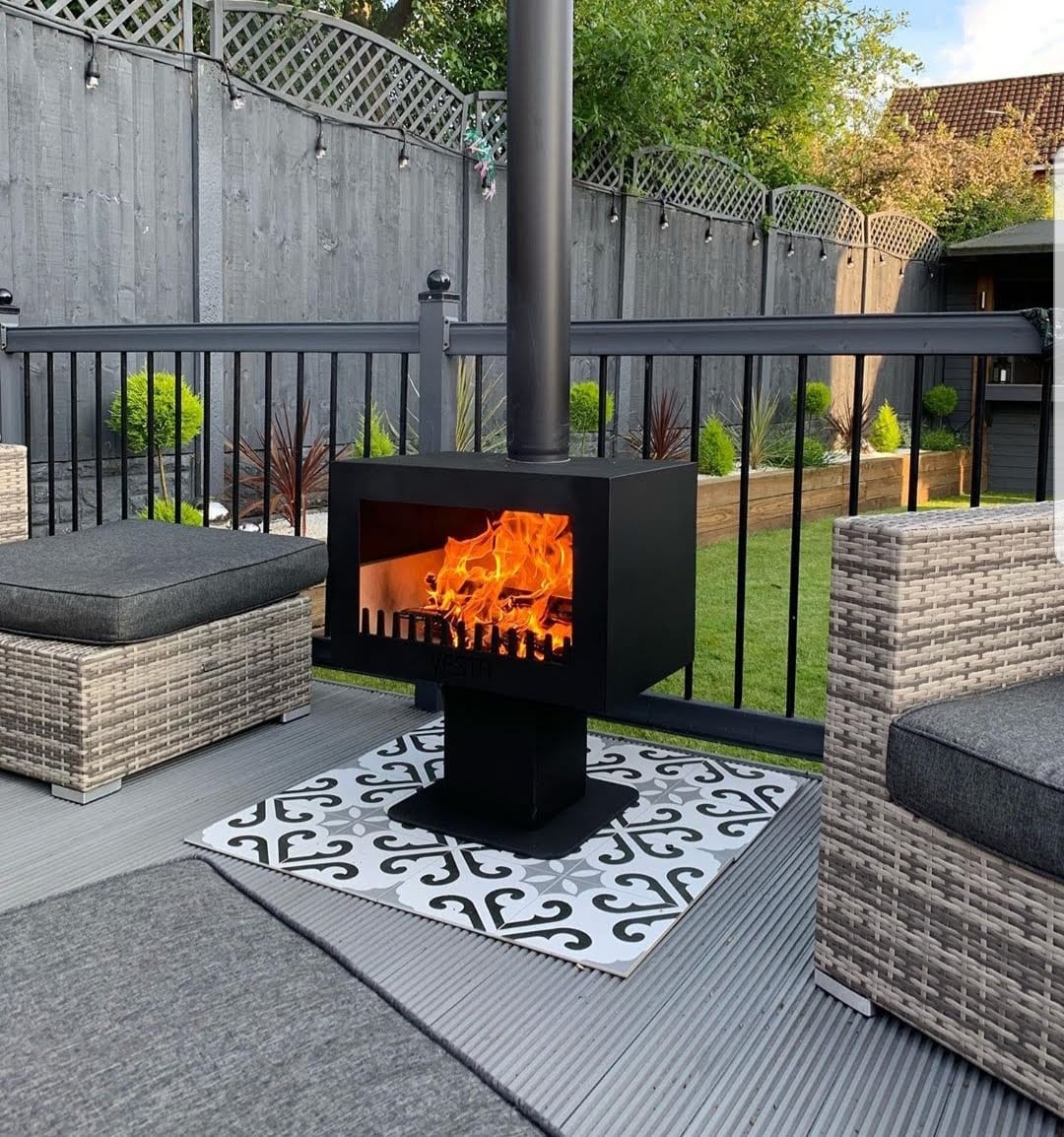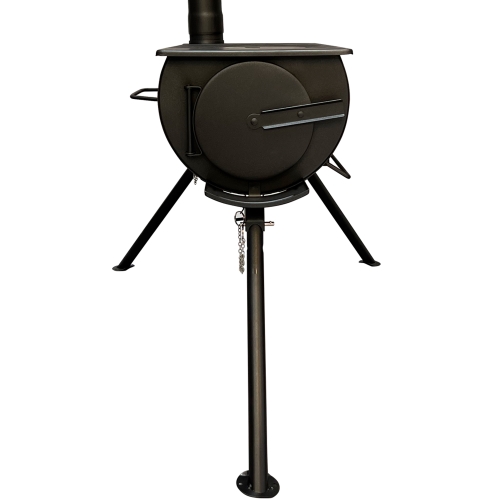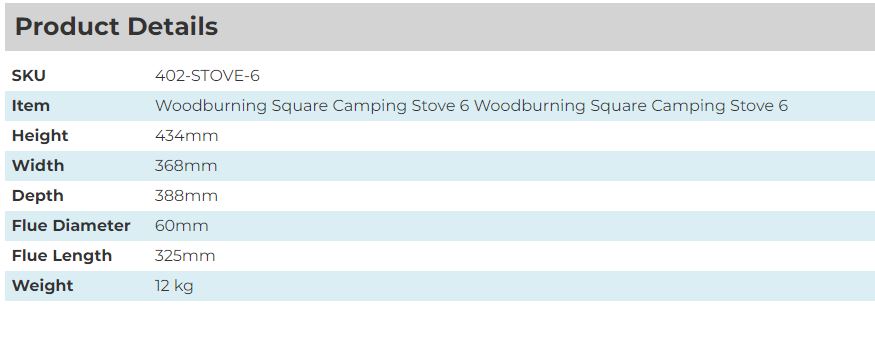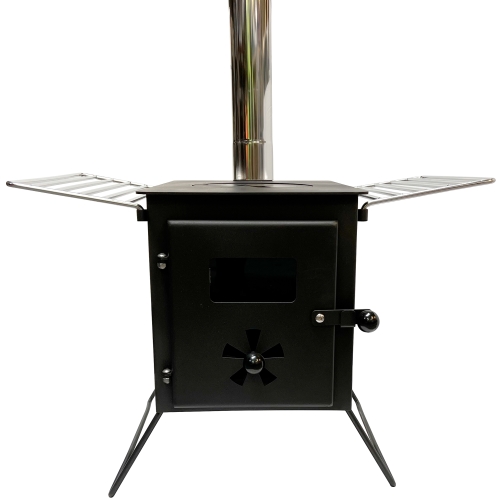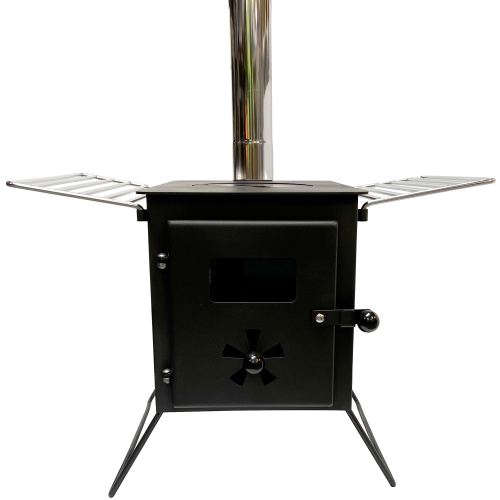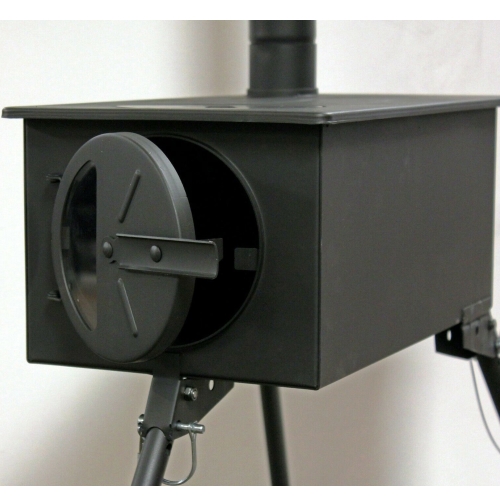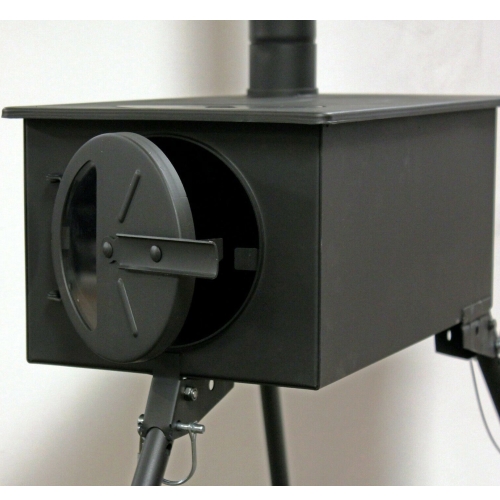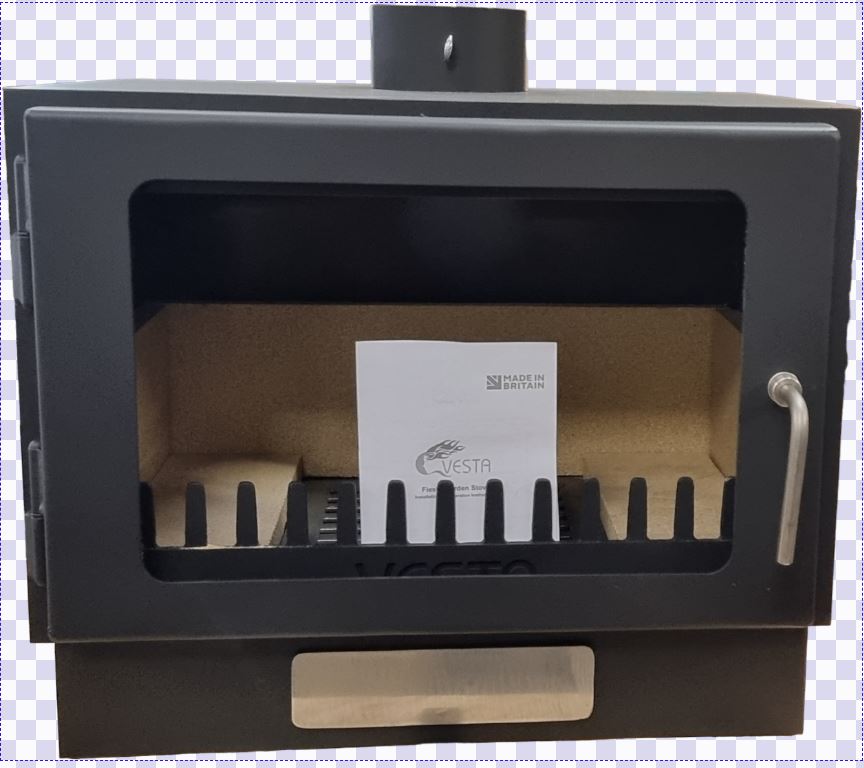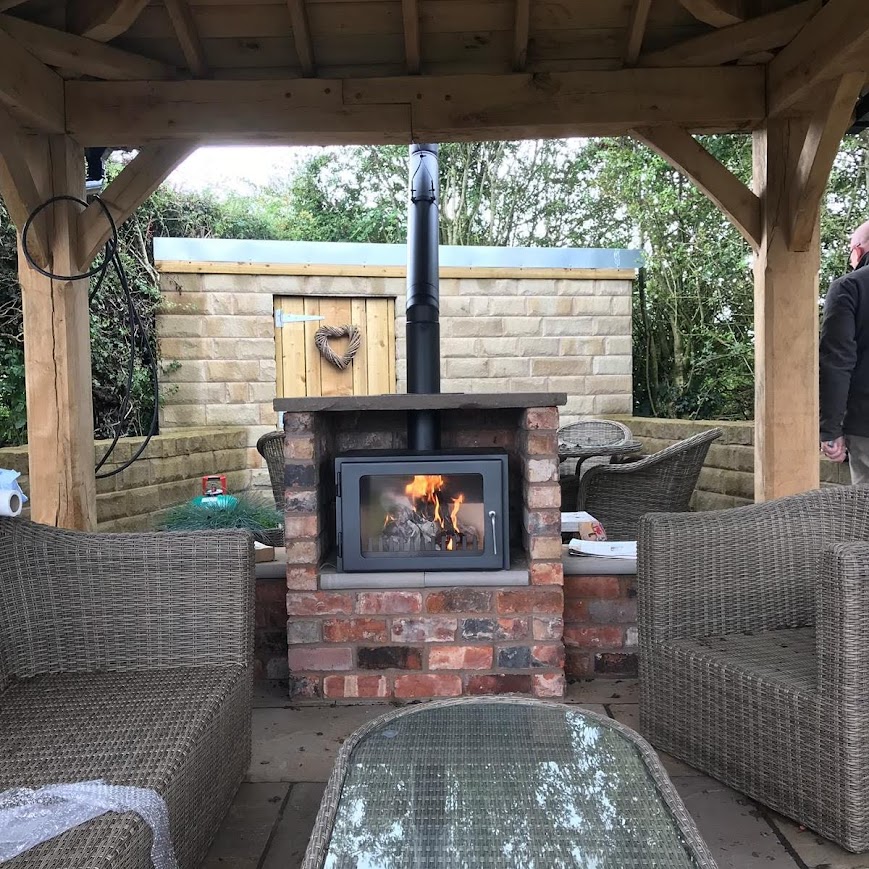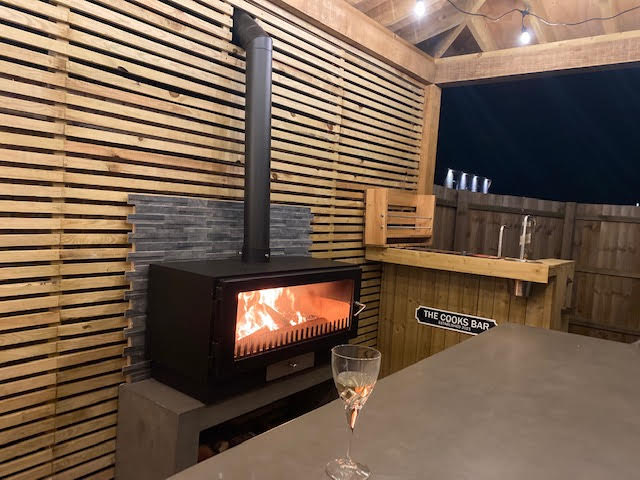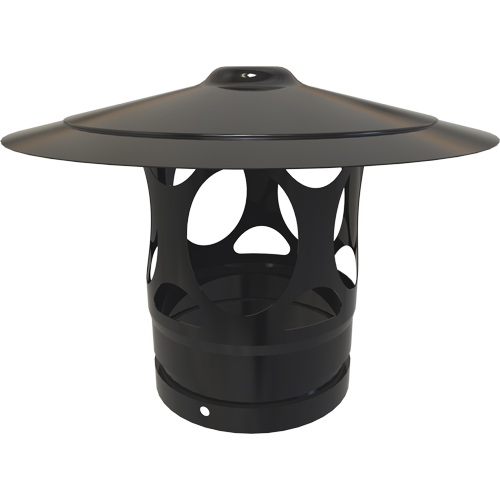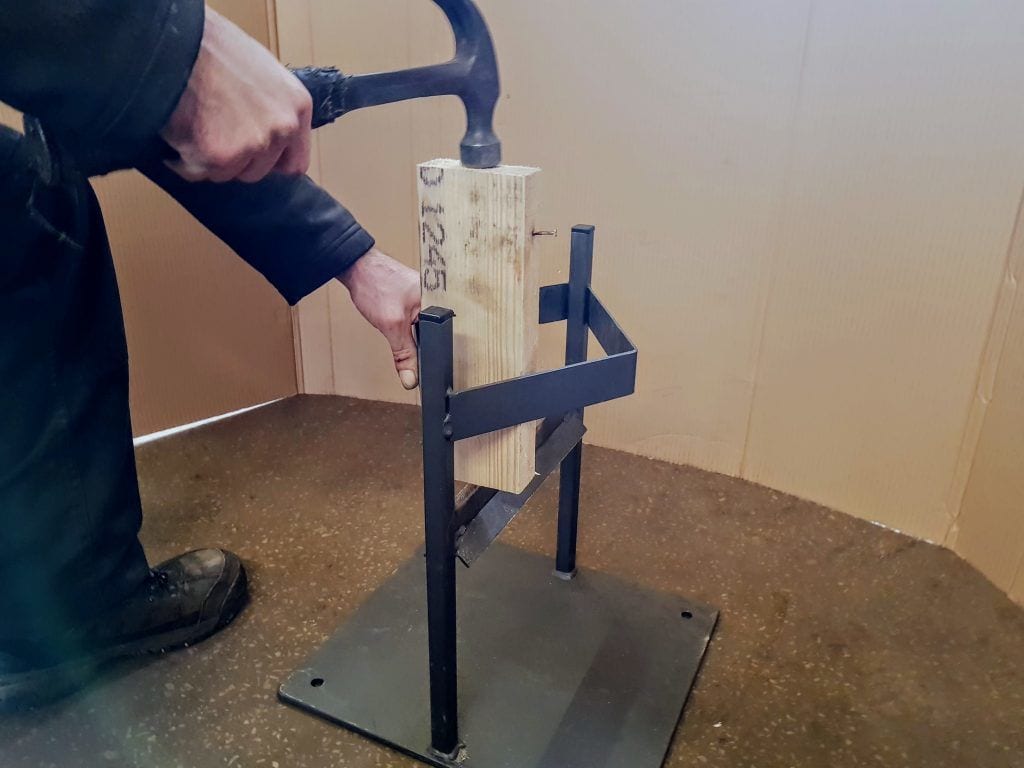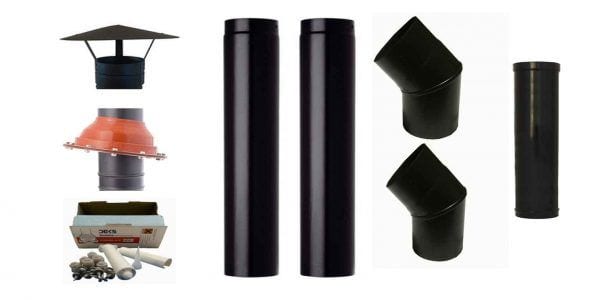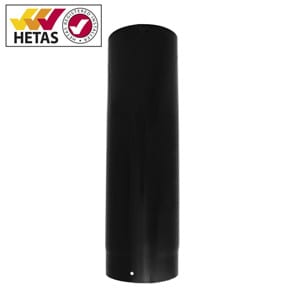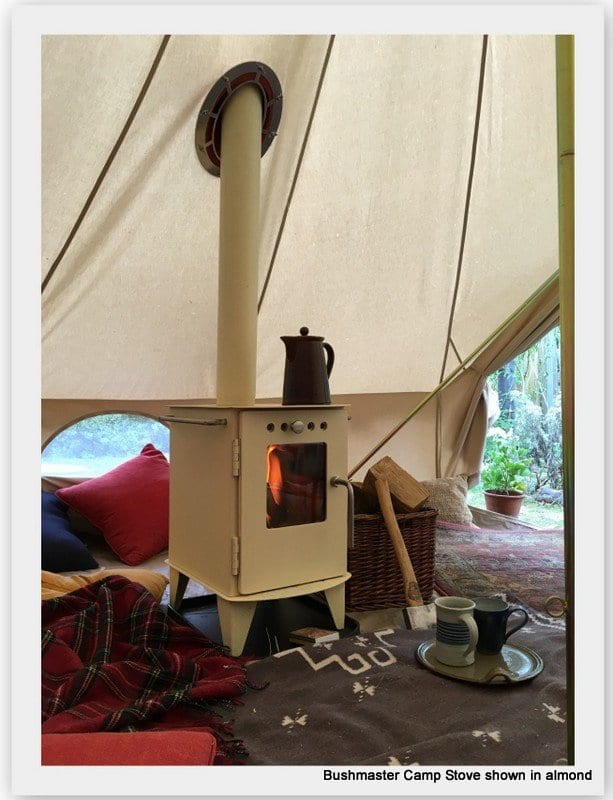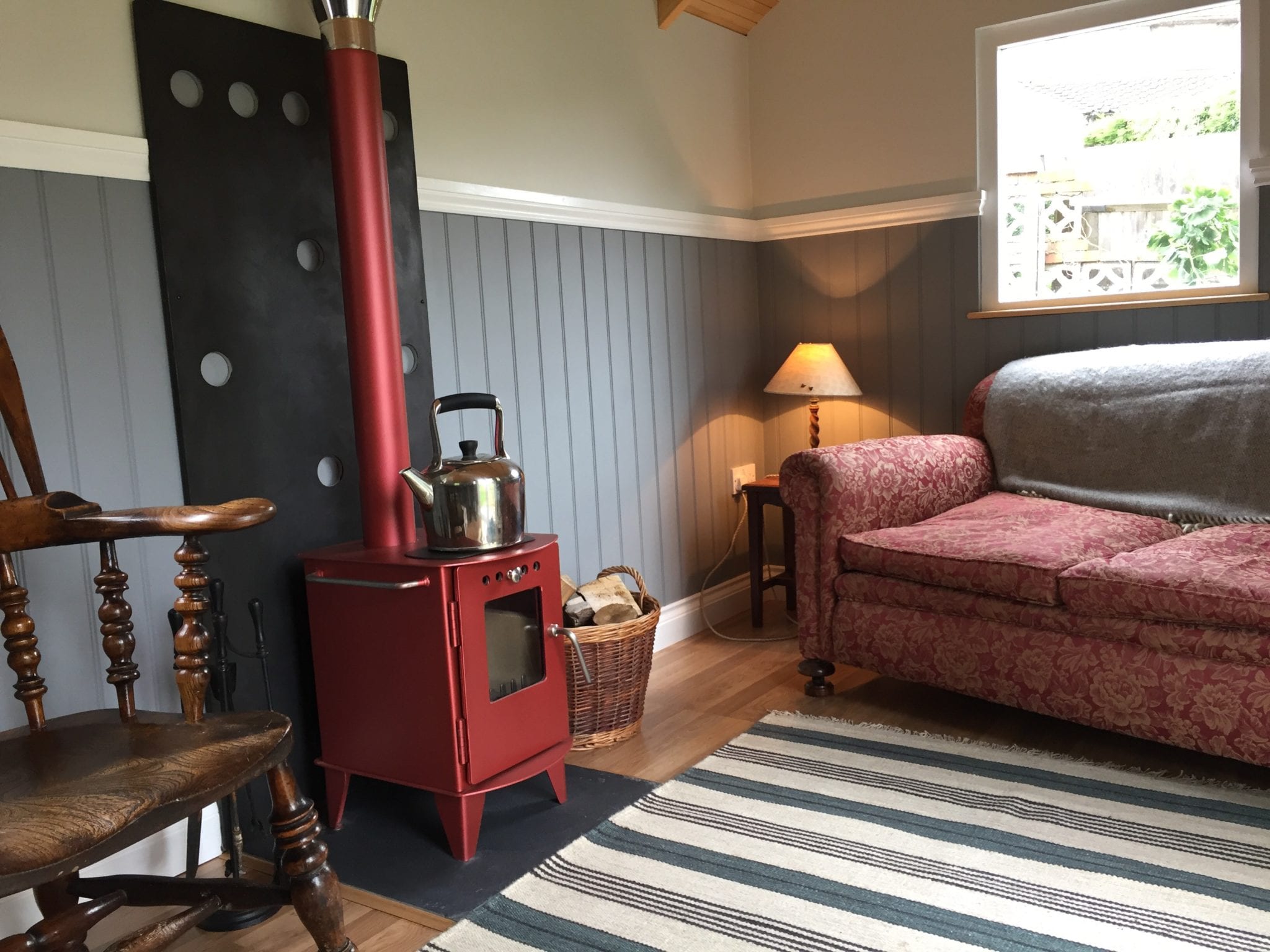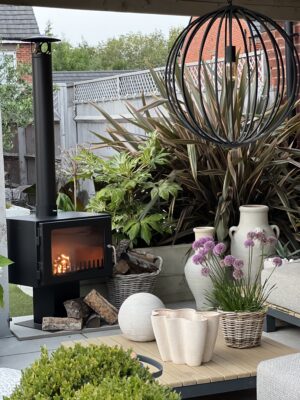7 Pro Tips for Choosing the Best Wood for Your Outdoor Log Burner: Ignite the Perfect Flame!
Introduction
Are you ready to transform your backyard into a cozy oasis with your outdoor log burner? The secret to a warm, efficient, and environmentally friendly fire lies in choosing the right wood. In this ultimate guide, we’ll unveil the top tips for selecting the perfect fuel for your outdoor log burner, ensuring you get the most out of your investment. From hardwoods to softwoods, seasoning techniques to eco-friendly alternatives, we’ve got you covered. Get ready to become a wood-burning expert and elevate your outdoor experience!
Hardwoods vs. Softwoods: What's the Difference?
When it comes to choosing wood for your outdoor log burner, understanding the distinction between hardwoods and softwoods is crucial. Hardwoods, derived from deciduous trees, are generally denser and burn longer, making them ideal for sustained heat output. Popular hardwood options include oak, maple, and hickory. On the other hand, softwoods from coniferous trees like pine and cedar ignite quickly and burn hot, making them excellent for starting fires or short burning sessions.
Pro Tip: For the best of both worlds, consider using a mix of hardwoods and softwoods. Start your fire with softwoods for quick ignition, then add hardwoods for long-lasting heat.
- The Importance of Seasoning: Patience Pays Off
One of the most critical factors in choosing wood for your outdoor log burner is ensuring it’s properly seasoned. Freshly cut wood, also known as “green” wood, contains high moisture content, which leads to poor combustion, excessive smoke, and potential creosote buildup. Seasoning involves allowing wood to dry naturally for at least 6-12 months, reducing its moisture content to below 20%.
How to tell if wood is well-seasoned:
- Look for cracks at the ends of the logs
- The bark should be loose or easily peeled off
- The wood will feel lighter compared to freshly cut logs
- Well-seasoned wood produces a hollow sound when knocked together
2. The Importance of Seasoning: Patience Pays Off
One of the most critical factors in choosing wood for your outdoor log burner is ensuring it’s properly seasoned. Freshly cut wood, also known as “green” wood, contains high moisture content, which leads to poor combustion, excessive smoke, and potential creosote buildup. Seasoning involves allowing wood to dry naturally for at least 6-12 months, reducing its moisture content to below 20%.
How to tell if wood is well-seasoned:
- Look for cracks at the ends of the logs
- The bark should be loose or easily peeled off
- The wood will feel lighter compared to freshly cut logs
- Well-seasoned wood produces a hollow sound when knocked together
3. Best Hardwoods for Maximum Heat Output
If you’re looking for wood that burns hot and long, these hardwood varieties are your best bet:
a) Oak: Known for its high density and slow burn rate, oak produces excellent heat and long-lasting coals. b) Hickory: With its high heat output and pleasant aroma, hickory is a top choice for outdoor log burners. c) Maple: Offering a good balance of heat output and burn time, maple is a versatile option for various burning needs. d) Ash: Easy to split and quick to season, ash burns hot and produces minimal smoke.
4. Softwoods: When and How to Use Them
While hardwoods are often preferred for their long burn times, softwoods have their place in your outdoor log burner repertoire:
a) Pine: Ideal for starting fires due to its high resin content, but burns quickly. b) Cedar: Offers a pleasant aroma and is excellent for kindling or short burning sessions. c) Spruce: Burns hot and fast, making it suitable for quick warmth on chilly evenings.
Remember: Always use softwoods in moderation and in combination with hardwoods to avoid excessive creosote buildup.
5. The Art of Stacking and Storing Wood
Proper storage is key to maintaining the quality of your seasoned wood:
- Stack wood off the ground to prevent moisture absorption
- Create a crisscross pattern for optimal airflow
- Use a cover to protect from rain, but allow for ventilation on the sides
- Store wood at least 5 feet away from your home to deter pests
- Eco-Friendly Alternatives: Thinking Outside the Log
6. For the environmentally conscious, consider these sustainable alternatives:
a) Compressed sawdust logs: Made from waste wood products, these burn efficiently and produce less ash. b) Coffee grounds logs: An innovative option that repurposes used coffee grounds into burnable logs. c) Biomass briquettes: Composed of compressed organic materials, these offer a clean-burning alternative to traditional wood.
- Wood to Avoid: Protecting Your Health and Your Burner
Some types of wood should never find their way into your outdoor log burner:
- Treated or painted wood: Can release toxic chemicals when burned
- Driftwood: Contains salt that can corrode your burner and release harmful fumes
- Green or unseasoned wood: Produces excessive smoke and creosote
- Poisonous wood: Avoid burning wood from toxic plants like poison ivy or sumac
Conclusion:
Choosing the right wood for your outdoor log burner is an art that combines knowledge, patience, and a bit of experimentation. By following these pro tips, you’ll be well on your way to creating the perfect outdoor ambiance while maximizing efficiency and minimizing environmental impact. Remember to prioritize well-seasoned hardwoods, use softwoods strategically, and explore eco-friendly alternatives. With the right fuel, your outdoor log burner will become the heart of countless memorable gatherings and cozy evenings under the stars. So, grab your axe, stack that wood, and get ready to ignite the perfect flame!
7. Wood to Avoid: Protecting Your Health and Your Burner
Some types of wood should never find their way into your outdoor log burner:
- Treated or painted wood: Can release toxic chemicals when burned
- Driftwood: Contains salt that can corrode your burner and release harmful fumes
- Green or unseasoned wood: Produces excessive smoke and creosote
- Poisonous wood: Avoid burning wood from toxic plants like poison ivy or sumac
Conclusion
hoosing the right wood for your outdoor log burner is an art that combines knowledge, patience, and a bit of experimentation. By following these pro tips, you’ll be well on your way to creating the perfect outdoor ambiance while maximizing efficiency and minimizing environmental impact. Remember to prioritize well-seasoned hardwoods, use softwoods strategically, and explore eco-friendly alternatives. With the right fuel, your outdoor log burner will become the heart of countless memorable gatherings and cozy evenings under the stars. So, grab your axe, stack that wood, and get ready to ignite the perfect flame!
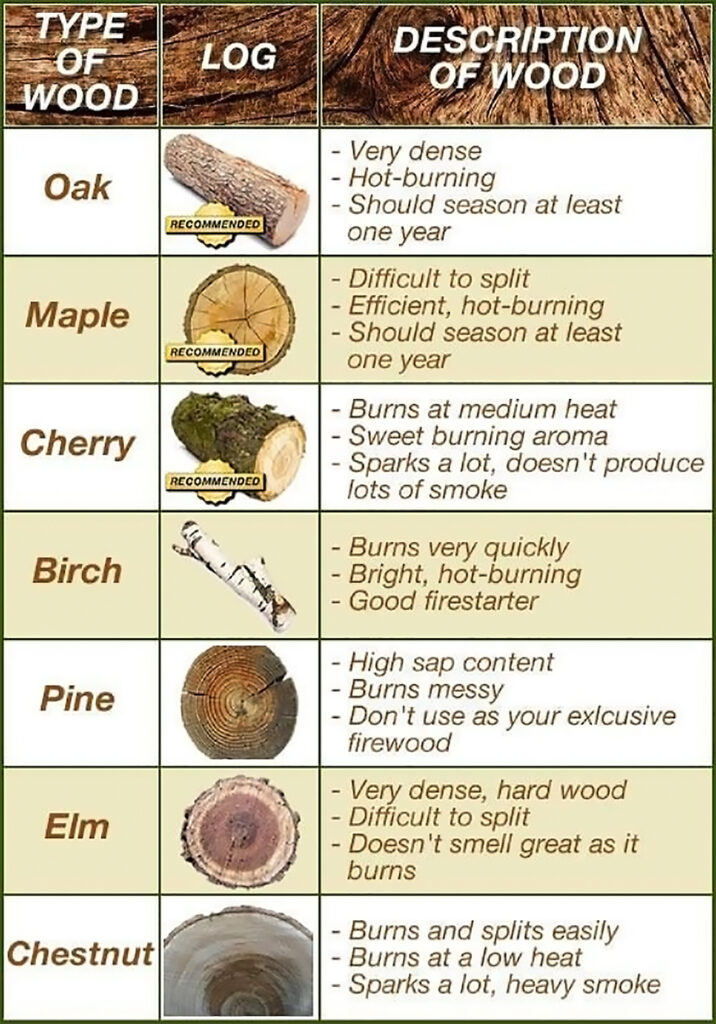
Fiesta Garden Stove and Chimnea – Outdoor Wood Burner
Camping, Tent, and Garden Stoves£899.99Original price was: £899.99.£749.99Current price is: £749.99.Budget Camp Stove for Bell tents with legs
Camping, Tent, and Garden Stoves£399.99Original price was: £399.99.£199.00Current price is: £199.00.Budget Camp Stove for Bell tents with shelves
Camping, Tent, and Garden Stoves£399.99Original price was: £399.99.£299.99Current price is: £299.99.Budget Camp Stove for Bell tents
Camping, Tent, and Garden Stoves£399.99Original price was: £399.99.£299.99Current price is: £299.99.The Topio Mini – Outdoor Log burner
Camping, Tent, and Garden Stoves£899.99Original price was: £899.99.£725.00Current price is: £725.00.The Topio Outdoor Wood Burner
Camping, Tent, and Garden Stoves£1,350.00Original price was: £1,350.00.£1,150.00Current price is: £1,150.00.Cowl for Fiesta Garden Stove
Camping, Tent, and Garden Stoves£59.99Original price was: £59.99.£42.50Current price is: £42.50.Bushmaster Camping Stove 2.2kw
Camping, Tent, and Garden Stoves £459.00Select options This product has multiple variants. The options may be chosen on the product page
Plant a Tree Game
Tree height: 0%
